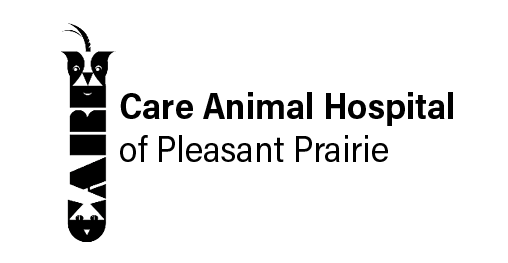Library
-
Treats are a wonderful way to provide positive reinforcement to your dog during a training session. Choose low-calorie foods such as green beans, carrots, and watermelon. Avoid foods that are potentially harmful such as chocolate, garlic, onions, raisins, grapes, macadamia nuts, and products that may have xylitol. Limit high-calorie treats and keep treats within 10% of your dog's total daily calorie intake. Keeping training sessions short and engaging while providing appropriate foods as treats can be a wonderful way to strengthen the human-animal bond.
-
Every dog has wants and needs, including social interaction, physical exercise, intellectual exercise, and time to rest. When their needs are met predictably and enrichment is consistently available, dogs experience less stress and frustration and may be less likely to develop problematic behaviors.
-
Predictability and trust are important foundations for training your dog. Learning what your dog finds rewarding and strategically providing rewards at the right time will promote the desired behavior to happen more and more often. Punishment techniques using physical force and conflict can result in increased aggression and should be avoided.
-
Pets readily learn to engage in appropriate, desired behaviors through positive reinforcement methods. Reward-based training improves communication and provides enrichment for pets and people alike.
-
Uterine tumors are quite rare in North American pets, mainly due to routine spaying practices. Several types of tumors can arise from the tissues of the uterus. This handout discusses uterine tumors in dogs and cats. The various types of these tumors, along with the clinical signs, diagnosis, treatment, and prevention of this condition are outlined.
-
Uveitis is an inflammation of one or more of the structures making up the uvea (part of the eye). Signs of uveitis are severe pain with an intense reddening of the visible parts of the eye. Measurement of intraocular pressure is often performed to diagnose uveitis. Treatment involves reducing the pain and inflammation in the eye as well as treating the initial cause of the disease.
-
There are six primary reasons for vaccination failure. Vaccine inactivation is one reason and is most commonly caused by warming during shipping and handling. In addition, vaccines are not always 100% effective. Dogs may also be unhealthy or too young, leading to vaccine failure. Interference by maternal antibodies can lead to the vaccine being blocked.
-
Veterinarians routinely recommend certain vaccines for all dogs (called core vaccines) while they recommend others more selectively, according to the dog’s environment and lifestyle. Vaccines work by stimulating the body's immune system to recognize and fight particular microorganisms such as a virus, bacteria, or other organism. The vaccine helps prevent infection or lessens the severity of infection and promotes rapid recovery.
-
Vaginitis refers to inflammation of the vagina and can be a result of several possible underlying causes. Prognosis is generally good, especially if the underlying cause is identified and treated early. The most common clinical signs of vaginitis include increased frequency of urination, licking of the vaginal area, vaginal discharges, and scooting or rubbing of the vaginal area. Diagnostic testing to determine the cause of a dog's condition is helpful in identifying the appropriate antibiotic treatment.
-
Valley fever is an infection called Coccidioidomycosis, caused by the soil-dwelling fungus Coccidioides immitis. In the US, it is more commonly found in the southwestern states. Dogs are infected by inhaling spores released by disturbance of soil. These spores infect the lungs, forming spherules, and may migrate to different areas of the body, including the bones, joints, eyes, and rarely the brain. Dogs with weakened immune systems can become ill. Most dogs that are treated appropriately will recover from this disease.


